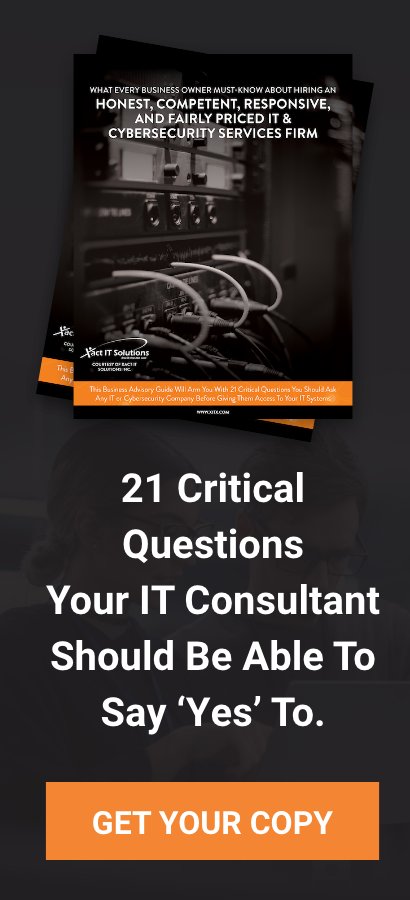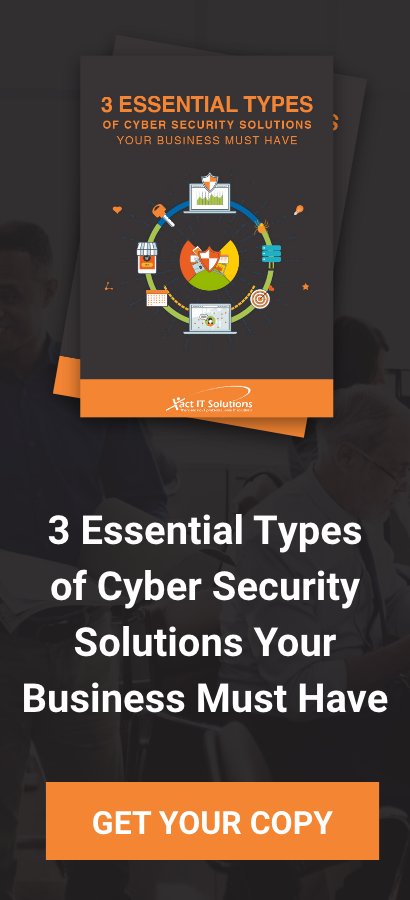In today's threat landscape, cyberattacks are a constant danger. By adopting a zero-trust security model, you can protect your network and maintain data integrity.
Zero trust works on the premise that everything poses a risk to your network -- even people and machines. By insisting on verification and authentication at every step, it makes it difficult for a hacker to gain access through a compromised user account or device.
However, with the increasing relevance of the zero-trust framework, there has also been an increase in misinformation surrounding it, fueled mainly by security vendors vying to sell their miracle solutions. We'll debunk these myths in this blog post.
Top zero-trust myths debunked.
Let’s dispel four common myths about the zero-trust security framework with facts:
Myth #1: If you use a zero-trust product, you can achieve zero trust for your business.
Fact: There are no miracle solutions to zero trust. But you can use a systematic approach, along with the right tools and services, to bring your business closer to a state of zero trust.
Myth #2: You can't implement zero trust because it's too complicated.
Fact: If you are a business with limited knowledge or resources, it can be challenging to achieve a zero-trust security framework. However, if you lack expertise, consider taking the help of a trusted IT service provider. An IT service provider can help you understand your business's risk profile and develop a realistic roadmap to implement a comprehensive and effective zero-trust security strategy.
Myth #3: Zero trust will make your employees paranoid and less productive.
Fact: It’s a double-edged sword. While it promotes collaboration and provides a better user experience, it can also cause friction and slow down efficiency. That’s where IT service providers come in by suggesting user-friendly policies and easy-to-use solutions that balance security with convenience so your employees can perform their jobs seamlessly.
Myth #4: Implementing zero trust is too expensive.
Fact: Implementing a zero-trust security model can be expensive, but the cost is still less compared to the fortune you may have to shell out in case of a major cybersecurity incident. You may have to deploy additional resources and tools to get the best out of a zero-trust model, but you can control expenses and increase efficiency by opting for an IT service provider.
By now, it must be clear that zero trust is a great security framework to adopt if you want to protect your business against cyberattacks while ensuring business continuity in the event of a breach. However, implementing zero trust on your own can be a challenge. That's why partnering with a specialist like us would be the best option. Reach out to us to learn how you can leverage our expertise to implement an efficient zero-trust model with minimal effort.



